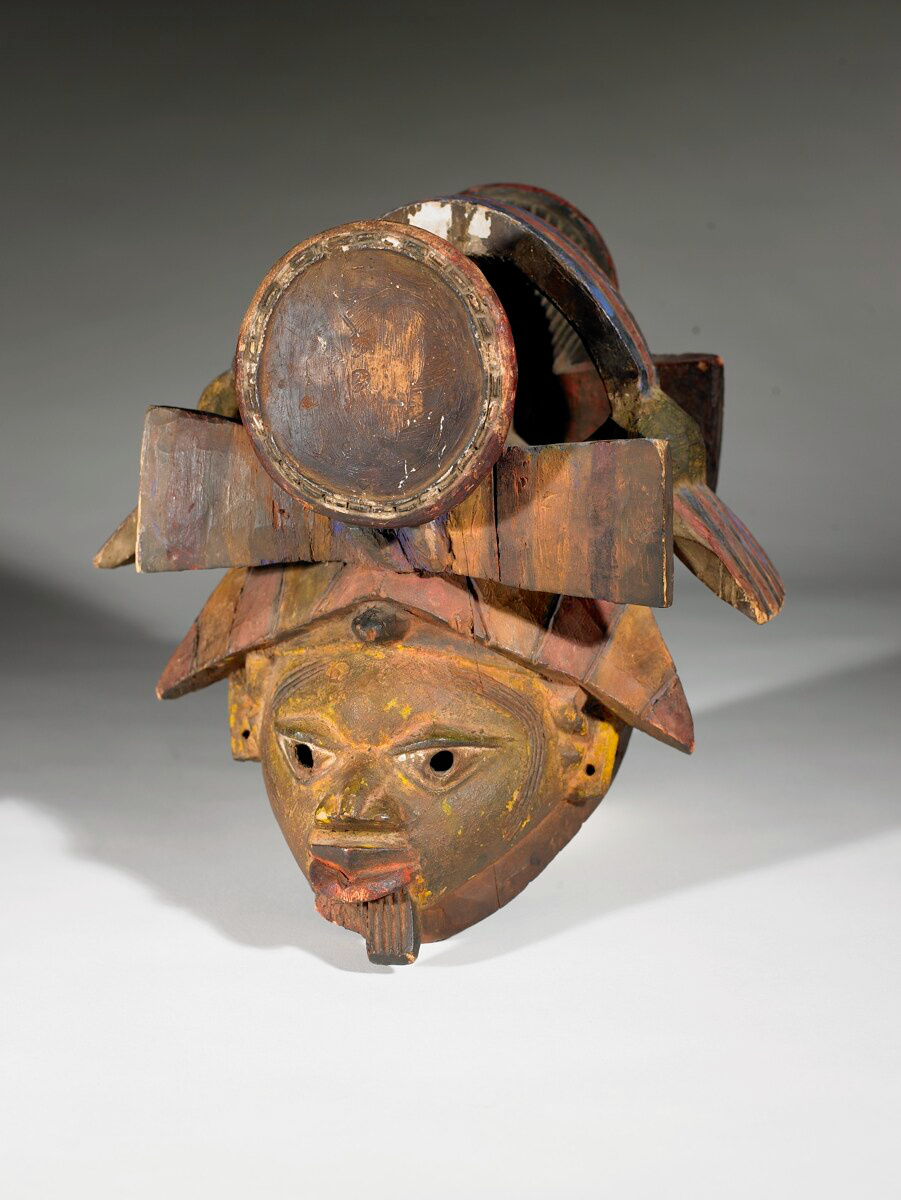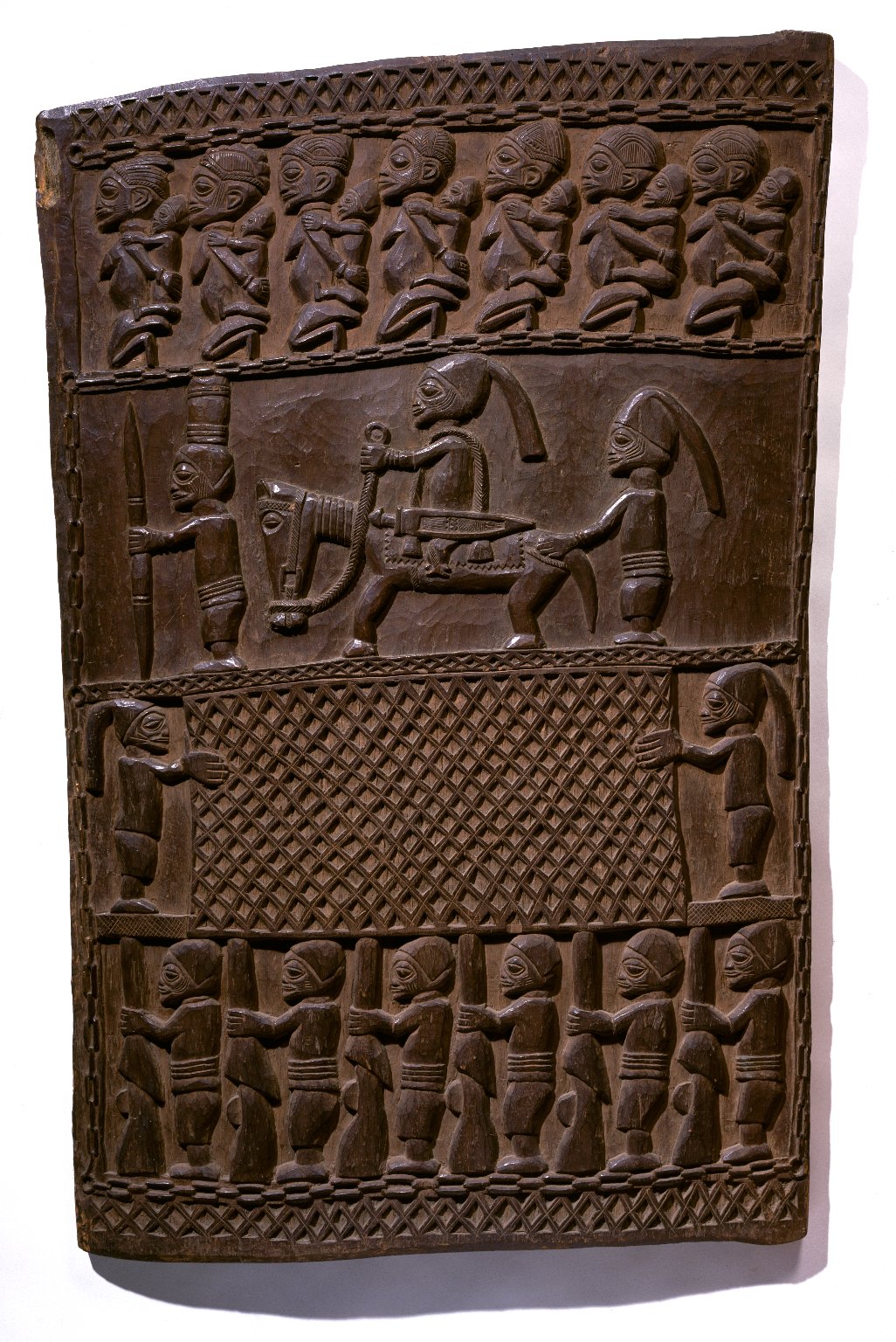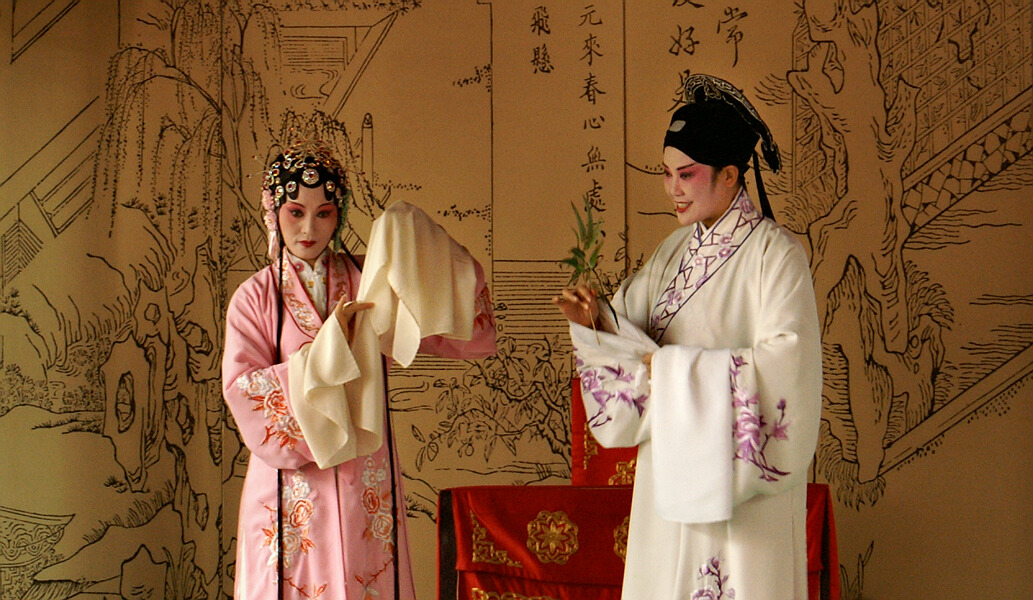|
Gẹlẹdẹ
The Gẹlẹdẹ spectacle of the Yoruba is a public display by colorful masks which combines art and ritual dance to amuse, educate and inspire worship. Gelede celebrates “Mothers” (''awon iya wa''), a group that includes female ancestors and deities as well as the elderly women of the community, and the power and spiritual capacity these women have in society. Focusing not only on fertility and motherhood but also on correct social behavior within the Yoruba society. Gelede in the context of Yoruba belief The Gelede social agenda rests on the Yoruba maxim ''Eso l'aye'' (The world is fragile). In other words, life is delicate and should be lived with caution and with an emphasis on diplomacy, consideration, respect and harmony. The origins of Gelede There are two main schools of thought about the origins of Gelede, the historical and the mythological. The historical origins are linked to three possible places, Old Oyo, Ketu, and Ilobi. Ketu, one of the oldest and most el ... [...More Info...] [...Related Items...] OR: [Wikipedia] [Google] [Baidu] |
Yoruba People
The Yoruba people (, , ) are a West African ethnic group that mainly inhabit parts of Nigeria, Benin, and Togo. The areas of these countries primarily inhabited by Yoruba are often collectively referred to as Yorubaland. The Yoruba constitute more than 42 million people in Africa, are a few hundred thousand outside the continent, and bear further representation among members of the African diaspora. The vast majority of the Yoruba population is today within the country of Nigeria, where they make up 21% of the country's population according to CIA estimations, making them one of the largest List of ethnic groups of Africa, ethnic groups in Africa. Most Yoruba people speak the Yoruba language, which is the Niger–Congo languages, Niger-Congo language with the largest number of native or L1 speakers. In Africa, the Yoruba are contiguous with the Yoruboid languages, Yoruboid Itsekiri to the south-east in the northwest Niger Delta, Bariba people, Bariba to the northwest in Benin a ... [...More Info...] [...Related Items...] OR: [Wikipedia] [Google] [Baidu] |
Iya Nla
Ìyá Nlá is the primordial spirit of all creation in Yoruba cosmology. She is believed to be the source of all existence. ''Iya Nla'' literally means “Great Mother” in the Yoruba language (''Ìyá'': Mother; ''Nlá'': Big or Great). In ''The Gẹ̀lẹ̀dẹ́ Spectacle: Art, Gender, and Social Harmony in an African Culture'', art historian Babatunde Lawal Babatunde Lawal is an art historian and scholar of the arts of Nigeria. His research is focused on the visual culture of the Yoruba and its influences in the Americas. He is currently a professor of Art History at Virginia Commonwealth University. ... reveals that Ìyá Nlá in Yoruba cosmology is the orisha who is the “Mother of All Things, including the deities.” Lawal also asserts that the female principle in nature has been personified as Ìyá Nlá (The Great Mother), whereby human beings can relate to one another as children of the same mother.” Teresa N. Washington’s ''Our Mothers, Our Powers, Our Texts: ... [...More Info...] [...Related Items...] OR: [Wikipedia] [Google] [Baidu] |
Yoruba Religion
The Yoruba religion (Yoruba: Ìṣẹ̀ṣe), or Isese, comprises the traditional religious and spiritual concepts and practice of the Yoruba people. Its homeland is in present-day Southwestern Nigeria, which comprises the majority of Oyo, Ogun, Osun, Ondo, Ekiti, Kwara and Lagos States, as well as parts of Kogi state and the adjoining parts of Benin and Togo, commonly known as Yoruba land. It shares some parallels with the Vodun practiced by the neighboring Fon and Ewe peoples to the west and to the religion of the Edo people and Igala people to the east. Yoruba religion is the basis for a number of religions in the New World, notably Santería, Umbanda, Trinidad Orisha, and Candomblé. Yoruba religious beliefs are part of Itàn (history), the total complex of songs, histories, stories, and other cultural concepts which make up the Yoruba society. Term The Yoruba name for the Yoruba indigenous religion is Ìṣẹ̀ṣẹ, which also refers to the traditions and ritual ... [...More Info...] [...Related Items...] OR: [Wikipedia] [Google] [Baidu] |
Yoruba Culture
Distinctive cultural norms prevail in Yorubaland and among the Yoruba people.Kola Abimbola, Yoruba Culture: ''A Philosophical Account'', Iroko Academic Publishers, 2005. Art Sculpture The Yoruba are said to be prolific sculptors, famous for their terra cotta works throughout the 12th, 13th and 14th centuries; artists have also shown the capacity to make artwork out of bronze. Esiẹ Museum is a museum in Esiẹ ;a neighbouring town to Oro in Irepodun, Kwara. The museum was the first to be established in Nigeria when it opened in 1945. It once housed over a thousand tombstone figures or images representing human beings. It is reputed to have the largest collection of soapstone images in the world. In modern times, the Esie museum has been the center of religious activities and host a festival in the month of April every year. Textile Weaving is done on different types of looms in order to create hundreds of different patterns. Adire and Aso Oke are some of the popular texti ... [...More Info...] [...Related Items...] OR: [Wikipedia] [Google] [Baidu] |
Yoruba Art
The Yoruba of West Africa (Benin, Nigeria and Togo, with migrant communities in parts of Ghana and Sierra Leone) are responsible for one of the finest African art, artistic traditions in Africa, a tradition that remains vital and influential today. Much of the art of the Yoruba, including staffs, court dress, and beadwork for crowns, is associated with the royal courts. The courts also commissioned numerous architectural objects such as veranda posts, gates, and doors that are embellished with carvings. Other Yoruba art is related shrines and masking traditions. The Yoruba worship a large pantheon of deities, and shrines dedicated to these gods are adorned with carvings and house an array of altar figures and other ritual paraphernalia. Masking traditions vary regionally, and a wide range of mask types are employed in various festivals and celebrations. History In the period around 1300 CE the artists at Ife developed a refined and naturalistic sculptural tradition in terraco ... [...More Info...] [...Related Items...] OR: [Wikipedia] [Google] [Baidu] |
Masterpieces Of The Oral And Intangible Heritage Of Humanity
The Proclamation of Masterpieces of the Oral and Intangible Heritage of Humanity was made by the Director-General of UNESCO starting in 2001 to raise awareness of intangible cultural heritage and encourage local communities to protect them and the local people who sustain these forms of cultural expressions. Several manifestations of intangible heritage around the world were awarded the title of ''Masterpieces'' to recognize the value of the non-material component of culture, as well as entail the commitment of states to promote and safeguard the Masterpieces. Further proclamations occurred biennially. In 2008, the 90 previously proclaimed Masterpieces were incorporated into the new Representative List of the Intangible Cultural Heritage of Humanity as its first entries. Background UNESCO defines oral and intangible heritage as "the totality of tradition-based creations of a cultural community expressed by a group or individuals and recognized as reflecting the expectations of a ... [...More Info...] [...Related Items...] OR: [Wikipedia] [Google] [Baidu] |
Ase (Yoruba)
Ase may refer to: * Ase, Nigeria, a town in Delta State, Nigeria * -ase, a suffix used for the names of enzymes * Aṣẹ, a West African philosophical concept * American Sign Language (ISO 639-3 code: ase) See also * Åse (other) Åse may refer to: People * Tone Åse (born 1965), Norwegian singer Given name * Åse Birkrem, Norwegian handball player * Åse Fosli, Norwegian politician for the Conservative Party * Åse Hedstrøm, Norwegian composer based in Stockholm, Sweden ... * ASE (other) {{disambiguation ... [...More Info...] [...Related Items...] OR: [Wikipedia] [Google] [Baidu] |
Babatunde Lawal
Babatunde Lawal is an art historian and scholar of the arts of Nigeria. His research is focused on the visual culture of the Yoruba and its influences in the Americas. He is currently a professor of Art History Art history is the study of aesthetic objects and visual expression in historical and stylistic context. Traditionally, the discipline of art history emphasized painting, drawing, sculpture, architecture, ceramics and decorative arts; yet today ... at Virginia Commonwealth University. Lawal was born and raised in Isale-Eko (Oju Olokun Street), a district of Lagos. Having been raised in Nigeria himself, Lawal's scholarship demonstrates the use of a theoretical model that draws heavily from first-person accounts of various Nigeria customs and art making practices. This sets him apart from the majority of European and American scholars of African art. In his book on Gelede, Lawal writes: "A number of scholars [...] have called for a new critical approach that will allow Af ... [...More Info...] [...Related Items...] OR: [Wikipedia] [Google] [Baidu] |
Patriarchal
Patriarchy is a social system in which positions of Dominance hierarchy, dominance and Social privilege, privilege are primarily held by men. It is used, both as a technical Anthropology, anthropological term for families or clans controlled by the father or eldest male or group of males and in feminist theory where it is used to describe broad social structures in which men dominate over women and children. In these theories it is often extended to a variety of manifestations in which men have social privileges over others causing exploitation or oppression, such as through male dominance of moral authority and control of property. "I shall define patriarchy as a system of social structures, and practices in which men dominate, oppress and exploit women." "There are six main patriarchal structures which together constitute a system of patriarchy. These are: a patriarchal mode of production in which women's labour is expropriated by their husbands; patriarchal relations wit ... [...More Info...] [...Related Items...] OR: [Wikipedia] [Google] [Baidu] |
Brooklyn Museum 1999
Brooklyn () is a borough of New York City, coextensive with Kings County, in the U.S. state of New York. Kings County is the most populous county in the State of New York, and the second-most densely populated county in the United States, behind New York County (Manhattan). Brooklyn is also New York City's most populous borough,2010 Gazetteer for New York State . Retrieved September 18, 2016. with 2,736,074 residents in 2020. Named after the Dutch village of |






